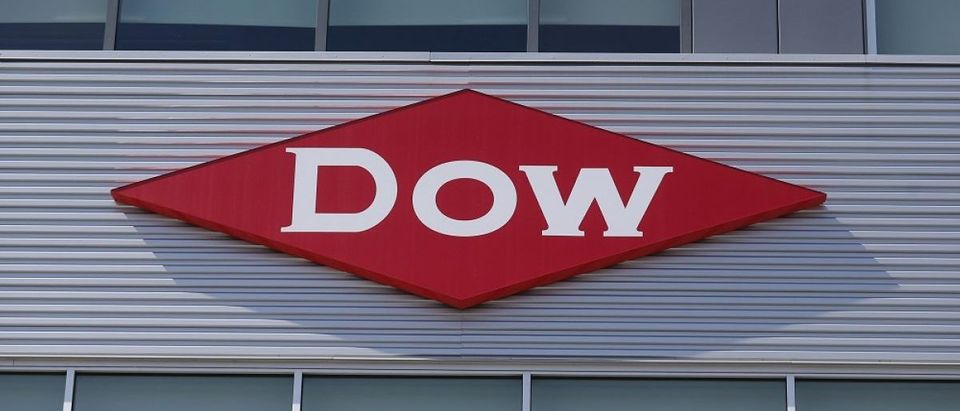The biggest players in the chemical industry were all too happy to line up behind the United Nations (U.N.) deal to cut hydroflourocarbons (HFCs) from air conditioners, freezers and other appliances.
Why? A global agreement on HFCs is good for business.
About 150 countries agreed to cut HFCs from household appliances under the Montreal Protocol, which the U.N. said would cut 0.5 degrees Celsius off projected global warming. The deal was backed by environmentalists and the U.S. chemical industry, reports The New York Times.
“A fast phase-out comes with big wins for the United States, since many of the replacement chemicals are manufactured by American chemical companies like Dow and Honeywell,” NYT reported. “But those manufacturers concede that their products are more expensive than HFCs.”
Big U.S.-based chemical companies, like Dow Chemical and Honeywell, are already investing hundreds of millions of dollars in HFC alternatives that won’t contribute to global warming, sparking worries from China and India that their domestic manufacturers would be put out of business.
Honeywell, for example, invested $900 million since 2000 developing alternative coolants for cars and household appliances. The company supports stricter regulations on HFCs, and signed onto the Obama administration’s plan to cut U.S. emissions in 2014.
Now, the company hopes the U.N.’s new legally-binding agreement to cut HFCs will help “its annual revenues from its wider fluorine business by double digits to over $1 billion,” reports The New York Times.
Not only are countries worried about industry consolidation; they’re also worried that the price of air conditioning will go up. For some countries, like India, where buying an air conditioning is a status symbol, higher prices could put a higher standard of living out of reach.
“The replacements are more flammable and toxic,” Stephen Yurek, the president of the Air-Conditioning, Heating and Refrigeration Institute trade association, told NYT.
“So there is a need to make sure the equipment is better designed and maintained, a need to make sure that when it is installed, it is done correctly and safely,” Yurek said. “You need better-trained people to do all that, and that will be more expensive.”
India’s Council on Energy, Environment and Water estimates phasing out HFCs in the country could cost upwards of $38 billion by 2050. As much as 9 percent of Indian homes own air conditioners.
Environmentalists and policymakers want to phase out HFCs while only a few Indians have traditional air conditioners, even if it makes it less affordable.
In China, the cost will be much higher because nearly every home in the country has an air conditioner. Under the new U.N. agreement, China will have to cut HFC use 20 percent by 2046.
The U.S. and other rich countries will be required to freeze and reduce HFC use before poorer countries, like India, China and Brazil.
Follow Michael on Facebook and Twitter
All content created by the Daily Caller News Foundation, an independent and nonpartisan newswire service, is available without charge to any legitimate news publisher that can provide a large audience. All republished articles must include our logo, our reporter’s byline and their DCNF affiliation. For any questions about our guidelines or partnering with us, please contact licensing@dailycallernewsfoundation.org.


